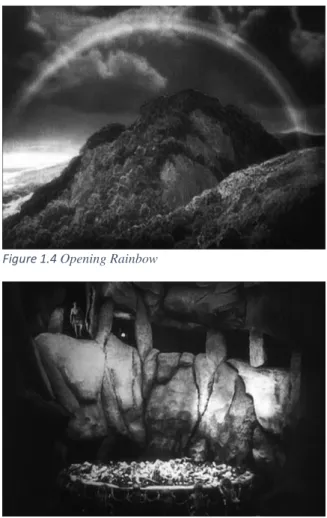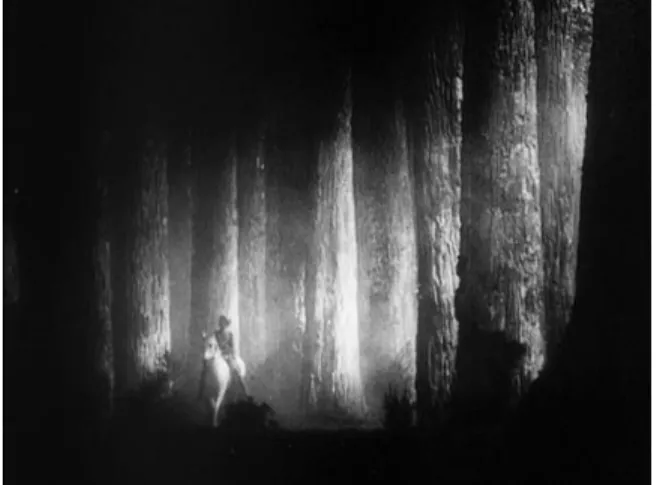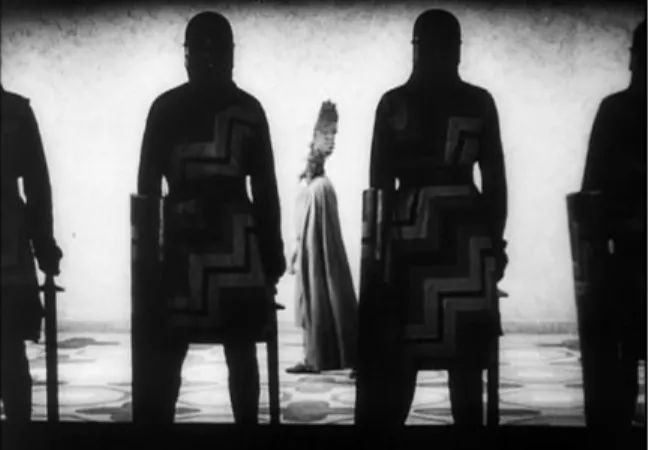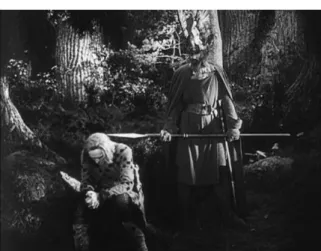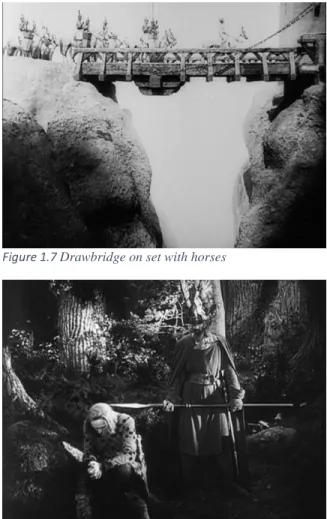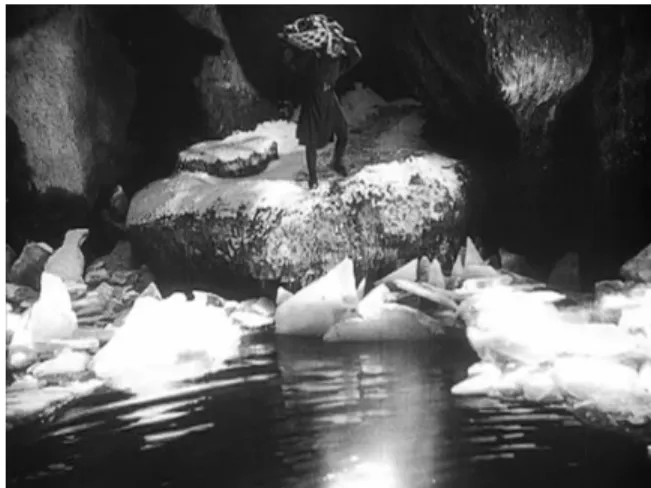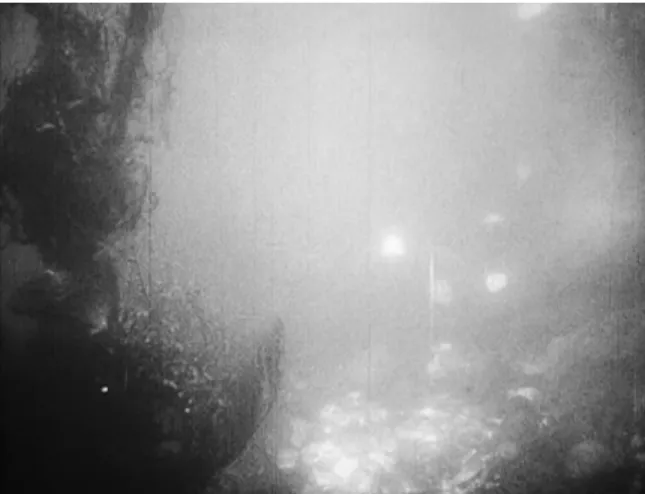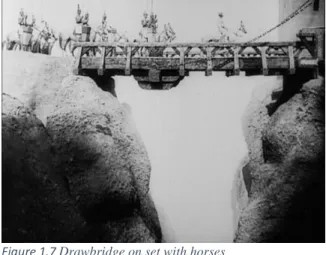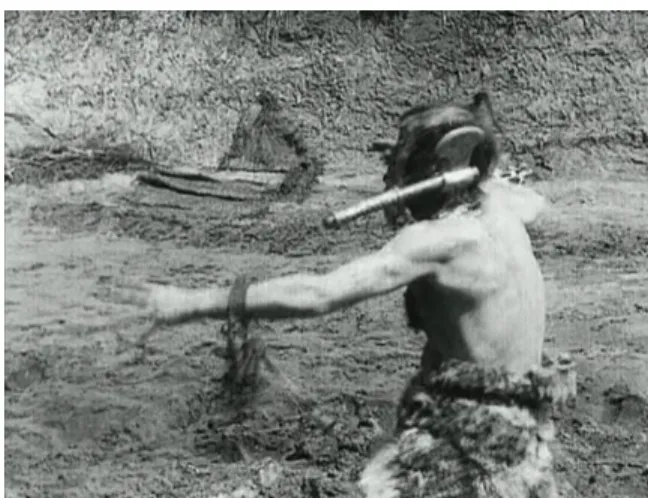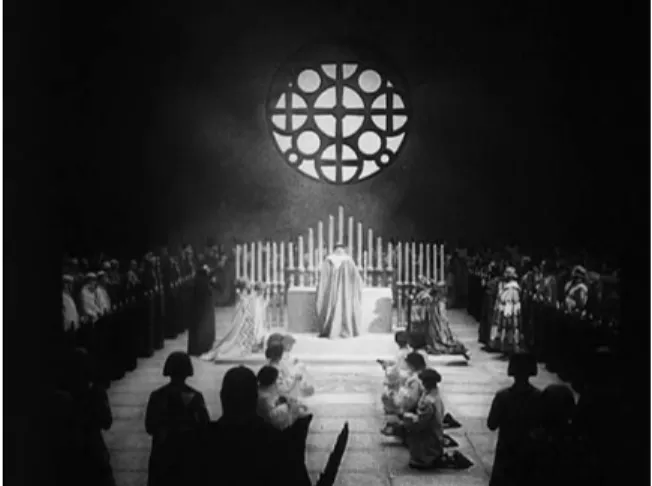Tolkien's The Lord of the Rings trilogy, in which they largely starred as faceless villains. Nibelungen, Langs Die Nibelungen and Tolkien's Middle-earth writings, including The Hobbit, The Lord of the Rings and The Silmarillion (the last of which most closely resembles the Nibelung legend).
I NTRODUCTION
In order to provide an overview in this short space, this section confines itself primarily to Wagner's own use of the term in the essays and to Theodor Adorno's work on Wagner. After a short interlude on Wagner's anti-Semitism, the third part of the third part looks at Wagner's goals in creating his supposed Gesamtkunstwerk, the Ring cycle.
R ICHARD W AGNER : L IFE , C ONTEXT , R EVOLUTION
Wagner seems to have been caught up in the revolutionary fervor of the time and borderline anarchist rhetoric. The Ring project and later the building of the Bayreuth Festspielhaus dominated the second half of Wagner's life.
W AGNER ’ S E SSAYS : R EVOLUTION , A RT AND THE G ESAMTKUNSTWERK
Furthermore, Wagner's proposed work of art is definitely intended as a collective or shared experience, which also plays a role in the Gesamtkunstwerk's character. The third of Wagner's four core theoretical essays is also the longest: Oper und Drama.
D AS G ESAMTKUNSTWERK
Wagners dritte Verwendung des Begriffs findet sich in seinem zweiten Aufsatz „Das Kunstwerk der Zukunft“. Die vierte Erwähnung des Begriffs „Gesamtkunstwerk“ in Wagners Essays findet sich ebenfalls in „Das Kunstwerk der Zukunft“.
C ONCLUSION
Koss's own book says something similar: "In contrast, this book [Wagnerian Modernism], dealing with the history and theory of the Gesamtkunstwerk according to Wagner's conceptual model, argues that interdisciplinarity itself derives its strength from the achievements made within a particular discipline--and consequently it strengthens these disciplines” (Koss, xxii). In her introduction to The Total Work of Art, Margaret Eleanor Menninger states that “the Gesamtkunstwerk ideal increasingly revolved around the central idea of. Undisputedly one of the greatest German-speaking filmmakers of all time, Lang's historic life took him from Vienna, to Germany, to France, and finally to the United States, where he greatly influenced Hollywood film.
To this end, this chapter will examine Lang's life and work in the context of Weimar Cinema (section II) and engage in a close reading of selected aspects of the film Nibelungen (section III). Where Wagner was motivated by the unification of Germany and his nationalist goals, Lang works in the post-Great War Germany of the early 1920s. The Nibelungen, in many respects, represents Lang's attempt to present or discover a new version of fundamental truths of his community.
In the aftermath of World War I, this sense of community, Germanness and even the German past were threatened, and Lang places the fate and future of Germany firmly in the hands of the German people and makes it their story. viewers distance themselves from the fallen empire and the Hohenzollerns. The practice of bringing together multiple media can be seen as a common thread connecting later adaptations of the same Nibelung myth.
F RITZ L ANG AND HIS T IMES : W EIMAR C INEMA , A FTERMATH OF THE W AR , AND THE N IBELUNGENLIED
Pommer was impressed by Lang's belief that the film should follow a path independent of the theater; it was not the function of the film to imitate the conventions of the stage. Throughout much of the 1900s and 1910s, German cinema, although films were made, lagged behind in the international market. UFA began to acquire, consolidate and/or incorporate many of the smaller existing film studios.
In his Films of Fritz Lang, Frederick Ott points out that “Lang's rise from obscure artist and playwright to world-renowned director coincided with the growth of the German film industry in the post-war period. The rise of German Expressionism in the early 1920s, which was born out of the theater, directly contributed to the growing importance of film as a medium. Many of the films of Expressionism (and the Expressionist period) were designed to raise the profile of the German film industry as a whole - to increase Germany's international visibility.
To conclude this investigation of the Weimar cinema at the time of Fritz Lang, it is clear that Fritz Lang's rise as a filmmaker coincided with the rise of cinema as a medium of the arts. Clearly, Lang's use of the Nibelungenlied legend as the inspiration for his four-hour double feature is no accident.
T HE N IBELUNGEN F ILMS : A C LOSE R EADING
Another cut, and the camera is now behind Hagen and Gunther in a shocking (at least to modern eyes) rejection of the 180˚ rule. 58 Similar to Aragorn holding Boromir as he dies in Fellowship of the Ring (Peter Jackson, 2001). However, the symmetry is somewhat distorted in the next moment, when the film cuts to a medium shot of the altar, the couples and the priest.
The highest light is now out of alignment with the center cross of the window. With this in mind, a careful eye may return to the first, symmetrical long shot of the wedding. The wedding scene repeats itself in the final scene of the film, when Kriemhild re-enters the cathedral and approaches Siegfried's bier (see fig. 1.15).
The large set of Worms, unlike most of the other sets in the films, has many arcs. This brilliant shot echoes the very first opening shot of the film, a wide, curved rainbow, through it.
A F ILM S TILLS
Levin argues that, like Lang's 1927 Metropolis, the film Nibelungi can be read as part of a competitive struggle between the German film industry and. Worse, according to Kracauer, Nazi propaganda such as Triumph of the Will drew inspiration from Die Nibelungen. He continues: “The. Ybarra of The New York Times, covering the premiere of the German film, reports on the protests against the ads created by UFA.
The demonstrators were apparently angry that Lang's portrayal of the Burgundians came across as less than noble, or something. Here the emphasis is on the film's visually stunning qualities, both in terms of set and shots. He had calculated this without taking into account the strong bond between Wagner and the Nibelungs in public opinion.
There was no mention of the second half of Lang's film (Kriemhilds Rache) which remained unavailable to the public for many years. It's easy to be a hero when you make yourself invisible with the help of the tar helmet [sic].
L ANG ’ S A RTISTIC T OUCH : B REAKING N EW G ROUND WITH M ISE - EN - SCÈNE , S PECIAL E FFECTS , AND W ORLD -
However, the opening shot of the dragon is a close-up of its face, focused with an iris effect. The crew watched their instructions from small windows inserted into the animal's front back. There is no use of the moving camera and the kite is fixed in one place (a necessity as it was operated by ten men inside the body and 22 in pits below).
Those are real flowers on the edge of the fountain; we planted the seeds in it. With a superposition of the mountain, made in the studio, and an arc drawn in chalk on a black card. Eisner quotes the people of Kriemhild (dressed in white) and the people of Brunhild (dressed in black) on the steps of the cathedral.
Ott finds that “The Nibelungen was produced on a scale unparalleled in the history of German cinema” (Ott, 107). Nibelungen remains one of the breathtaking wonders of the silent screen” (McGilligan,101) Lang and World Building.
A F ILM S TILLS II
C ONCLUSION
His most famous trilogy, The Lord of the Rings, often overshadows his other Midgard writings129, whose homage to ancient legends is more explicit than the more well-known trilogy. 131 Tolkien did not like to openly acknowledge the influence of the Nibelungenlieden on his work, generally wanting to distance himself from Wagner and Wagner's open anti-Semitism and the public's association of Wagner with Hitler. However, this was not originally intended as part of the language mythology he had invented for his own amusement; rather, it was a bedtime story, written to please his children.
It wasn't until his publisher asked for a sequel to The Hobbit and he began writing that much of the rest began to seep into the story. In fact, the first few chapters of the first book of the trilogy, The Fellowship of the Ring, are more light and whimsical (similar in style to The Hobbit, a children's story) than the later, darker chapters. Because as he wrote, The Lord of the Rings took on a life of its own, and instead of a sequel to a children's book, he came to write about the last days of his mythological-linguistic world.
134 In the introduction to The Lord of the Rings, he says "I heartily dislike allegory in all its manifestations." I begin this chapter by placing Tolkien in the context of his time and providing details about his life, particularly leading up to the point when he began publishing his Middle-earth writings and providing an overview of middle earth writings in question.
J.R.R. T OLKIEN : L IFE AND C ONTEXT
Tolkien, like Wagner and Lang, went on to create a Gesamtkunstwerk of his own, pushing his own medium to new heights, and which, not unlike Wagner's Musikdrama, led to the birth of a new literary genre : High Fantasy. The last section considers the Middle-earth writings as a Gesamtkunstwerk, and brings them into conversation with Lang and Wagner. It was the story of Sigurd slaying the dragon Fafnir: a strange and powerful story set in the nameless North.
Of course, me in my timid body did not want to have them around. Around this time, the young lad was first exposed to the Welsh language, a language he clearly found fascinating (Carpenter, 28). The circumstances of his childhood, and especially the death of his mother, left a lasting impression on Tolkien and almost certainly contributed to his deeply Catholic faith, which remained with him throughout his life.
Tolkien clearly associates the power of his faith with what he saw as his mother's sacrifice, and sacrificial mothers appear in small but important places in his writings about Middle-earth.136 Carpenter believed that “his religion took the place of his affection which she had previously occupied. After the death of his mother, Tolkien (who was sometimes called Ronald and sometimes John) and Hilary came into the care of Father Francis Morgan.
C ONCLUSION : G ESAMTKUNSTWERK AND T OLKIEN
